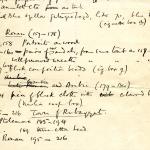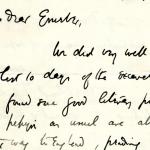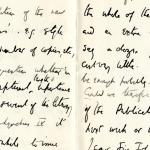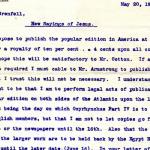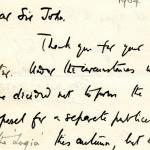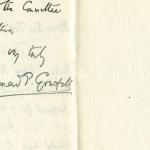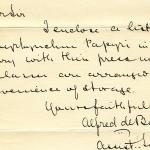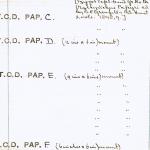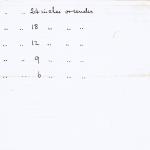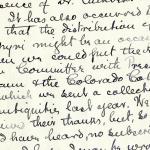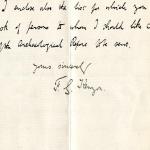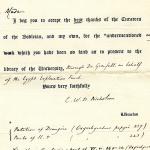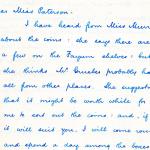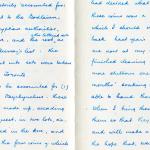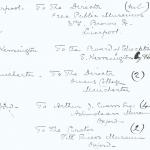1900-01 Dimai (Faiyum)
The excavations were sponsored by the Graeco-Roman branch and thus were concerned with recovering papyri from the Graeco-Roman period rather than objects or material from different time periods.
The excavators note that the site had been explored without uncovering a cemetery. The larger tombs in the cemetery in the southwest, close to the town, had been plundered in antiquity but both animal and human mummies were found futher to the southwest. The crocodile mummies had demotic papyri buried beside them. The early Ptolemaic tombs consisted of a two to four metre shaft which opened onto a chamber usually containing multiple burials. The dampness meant the papyrus was not able to be handled. A later Ptolemaic cemetery was found to the northwest of the town but the papyrus cartonnage was also unable to be handled.
The town was also explored for the remains of papyri, and the excavators note finding 1st century BCE papyri in the cellar of a house. The temple was also examined.
A group of houses to the northwest of the temple were examined and pottery and amulets of the New Kingdom were found. A group of Middle Kingdom tombs were examined but all except one had been plundered. The unlooted tomb was excavated and the inscribed sarcophagus was taken by the museum at Giza (presumably now in the Cairo Museum). They note that there were a variety of smaller objects including beads, headrests, and alabaster vessels.
Archive Documents
Grenfell, Bernard P. and Arthur S. Hunt 1901. Graeco-Roman branch: excavations in the Fayum. Archaeological Report (Egypt Exploration Fund) (1900-1901), 4-7.



